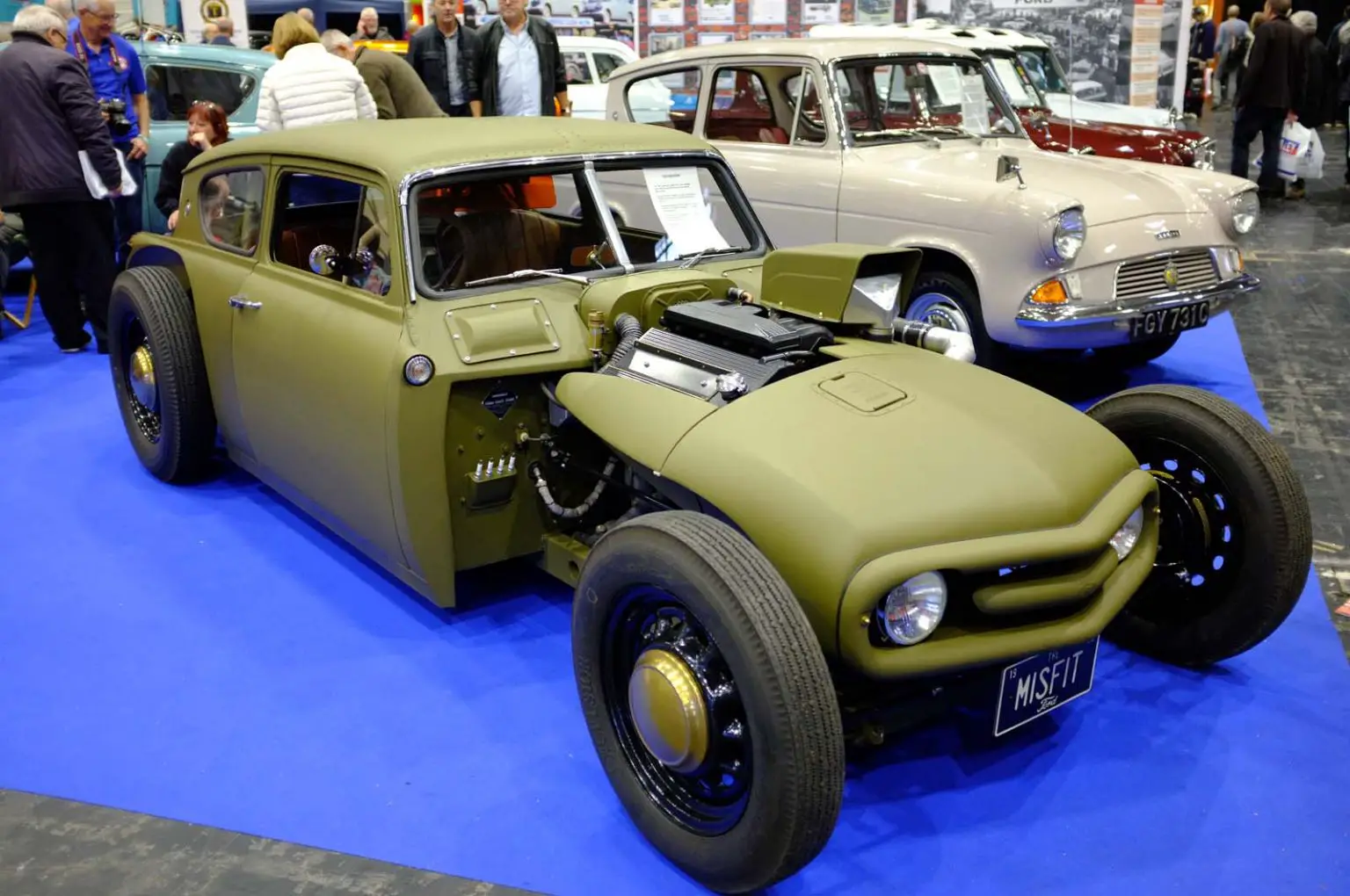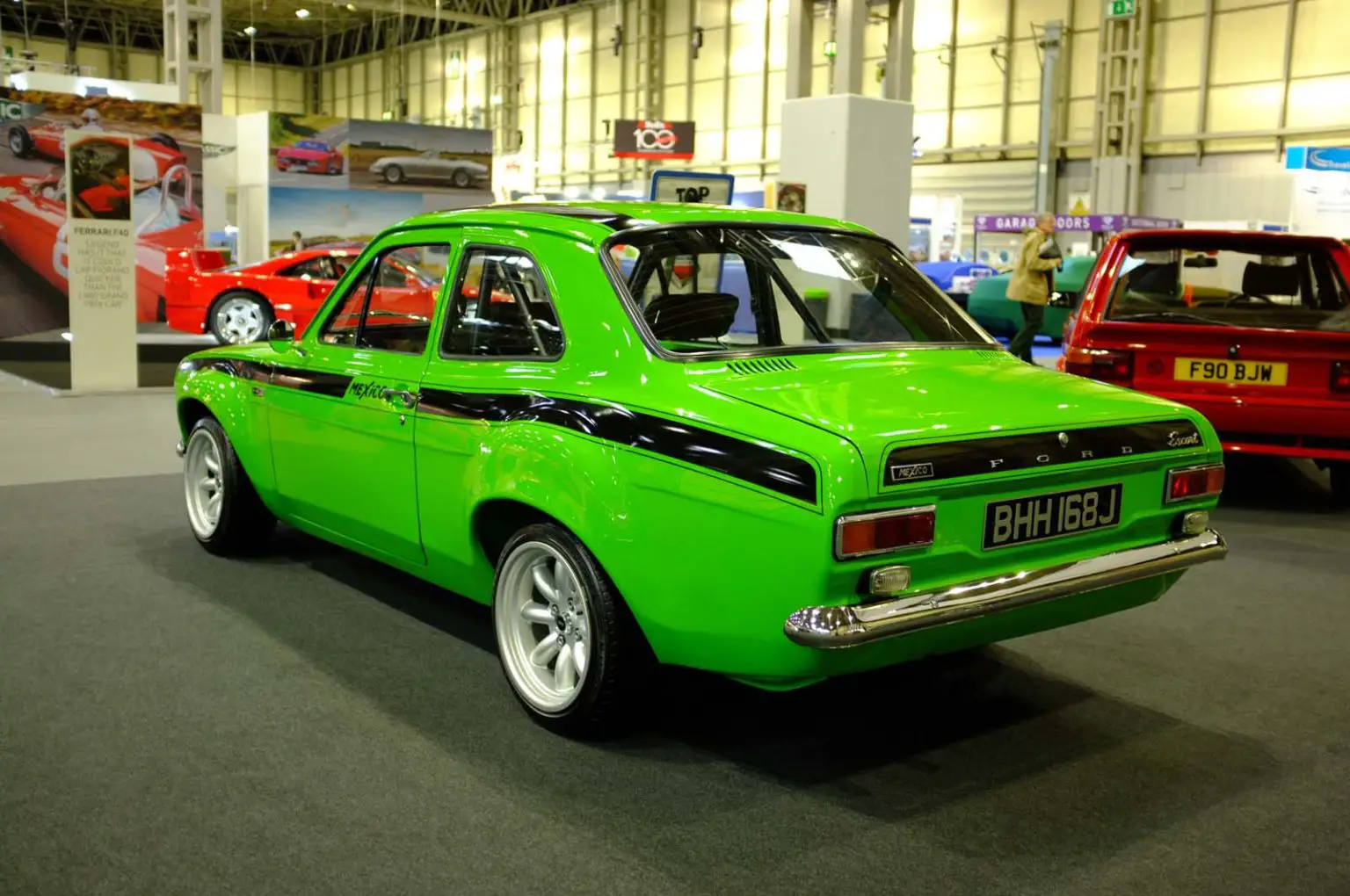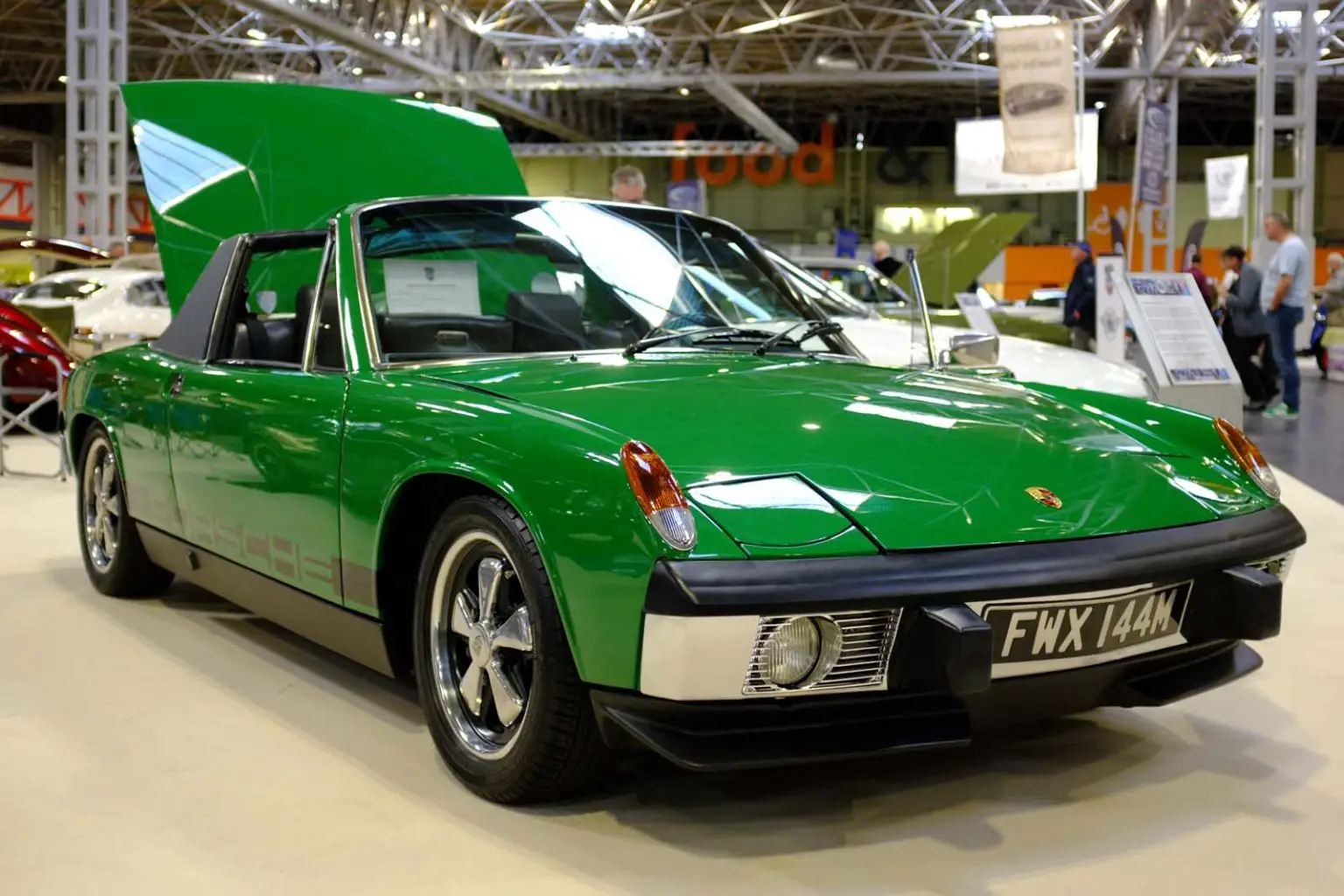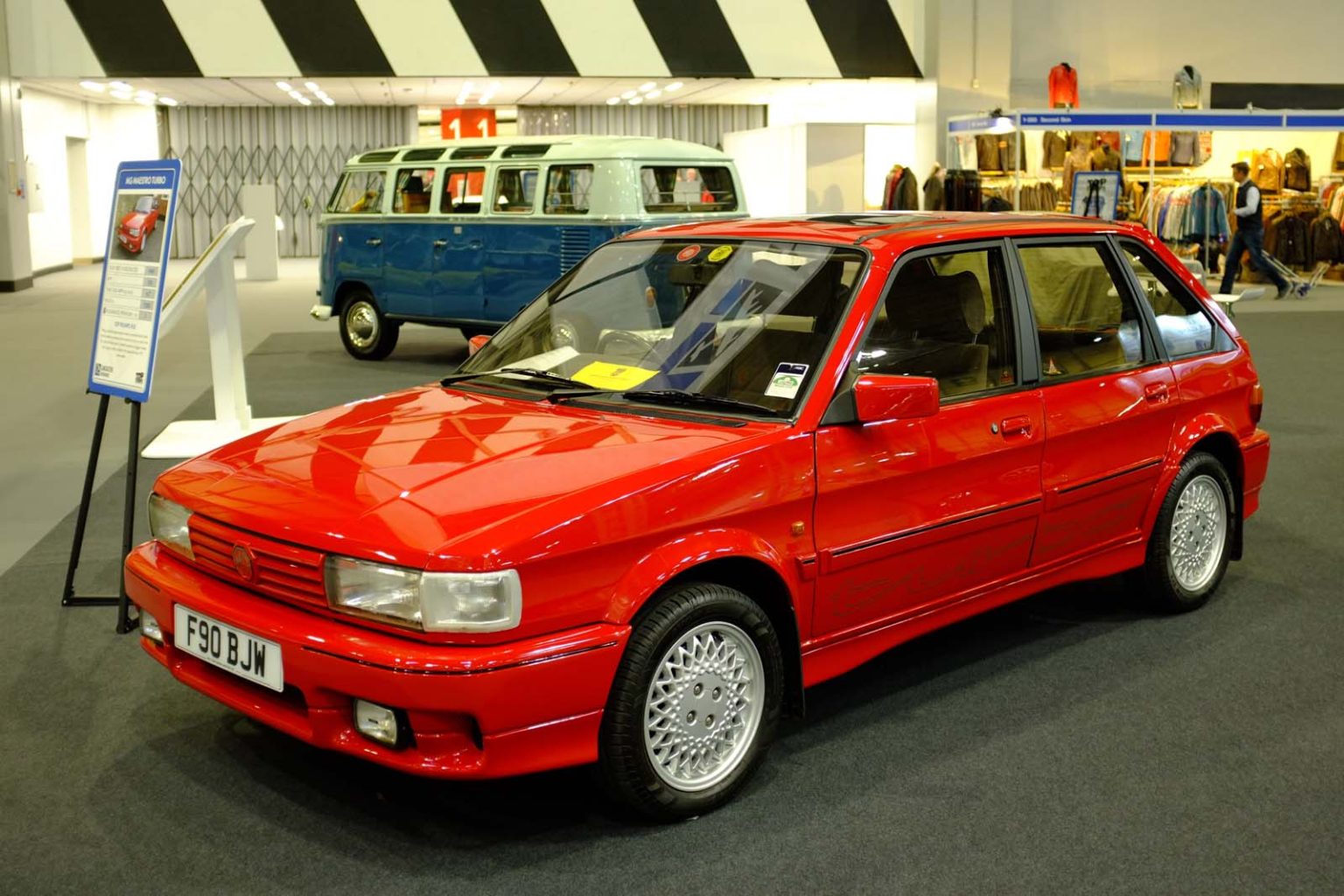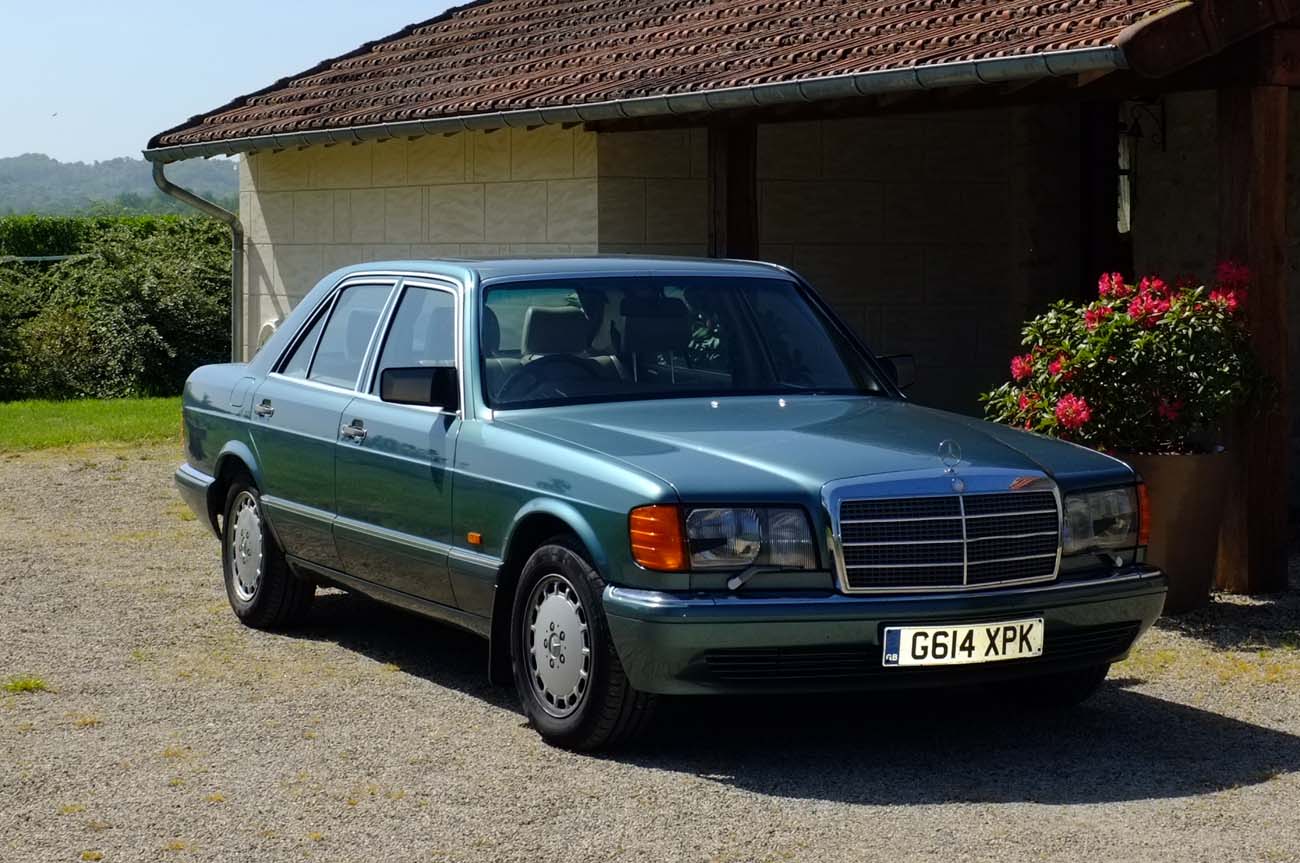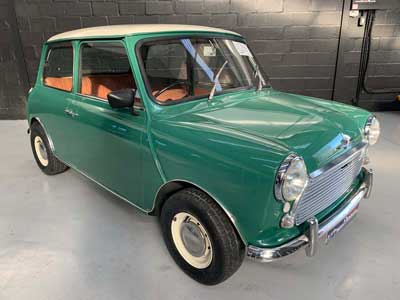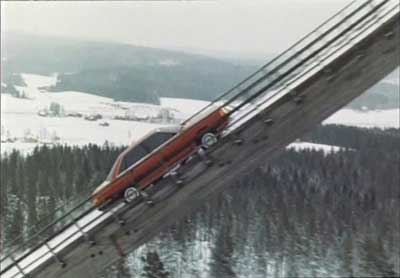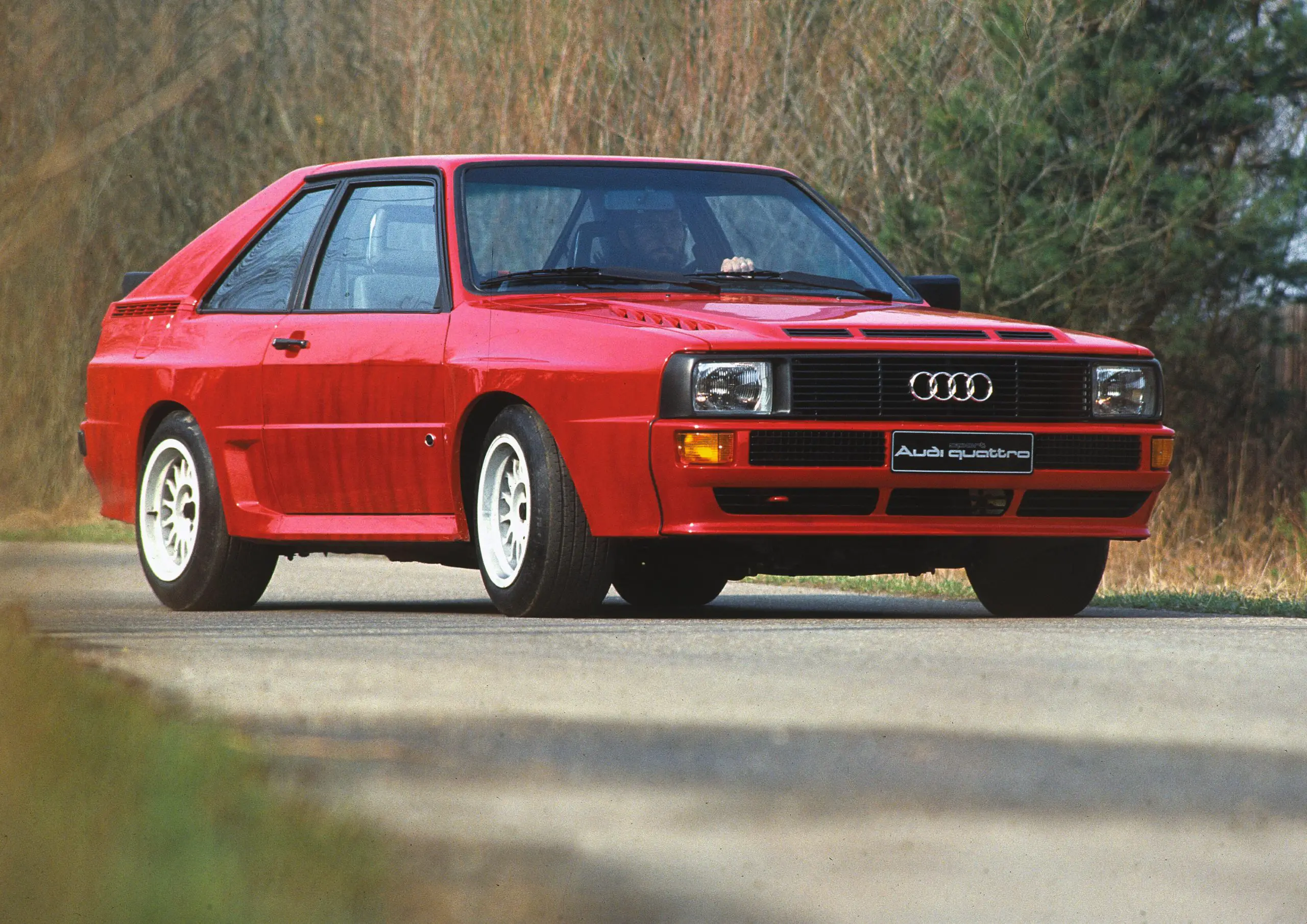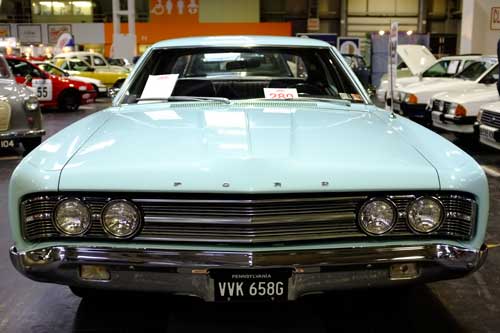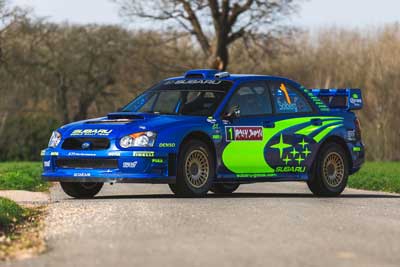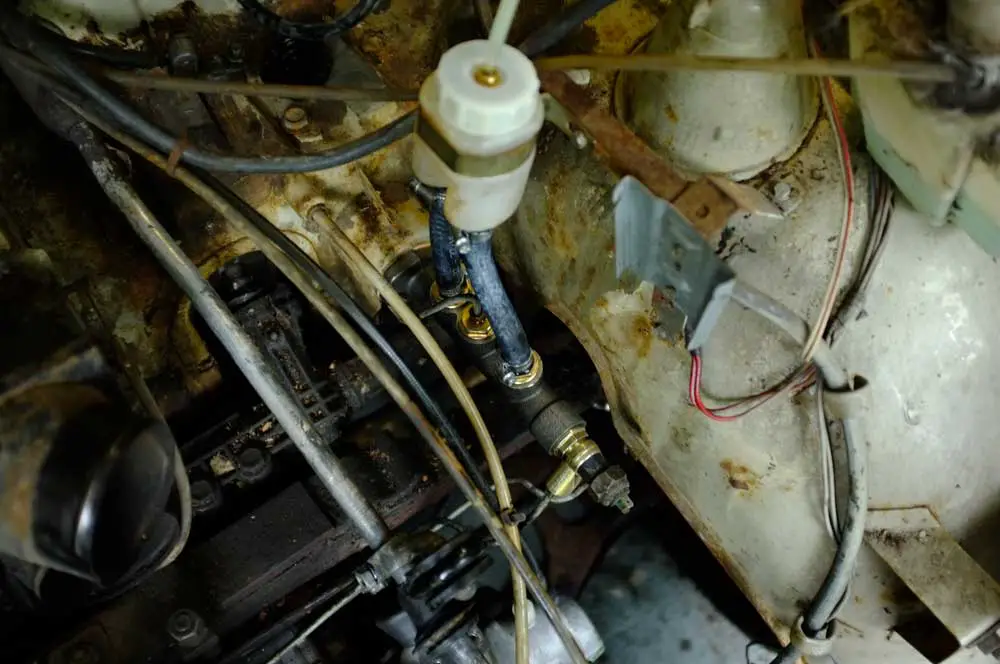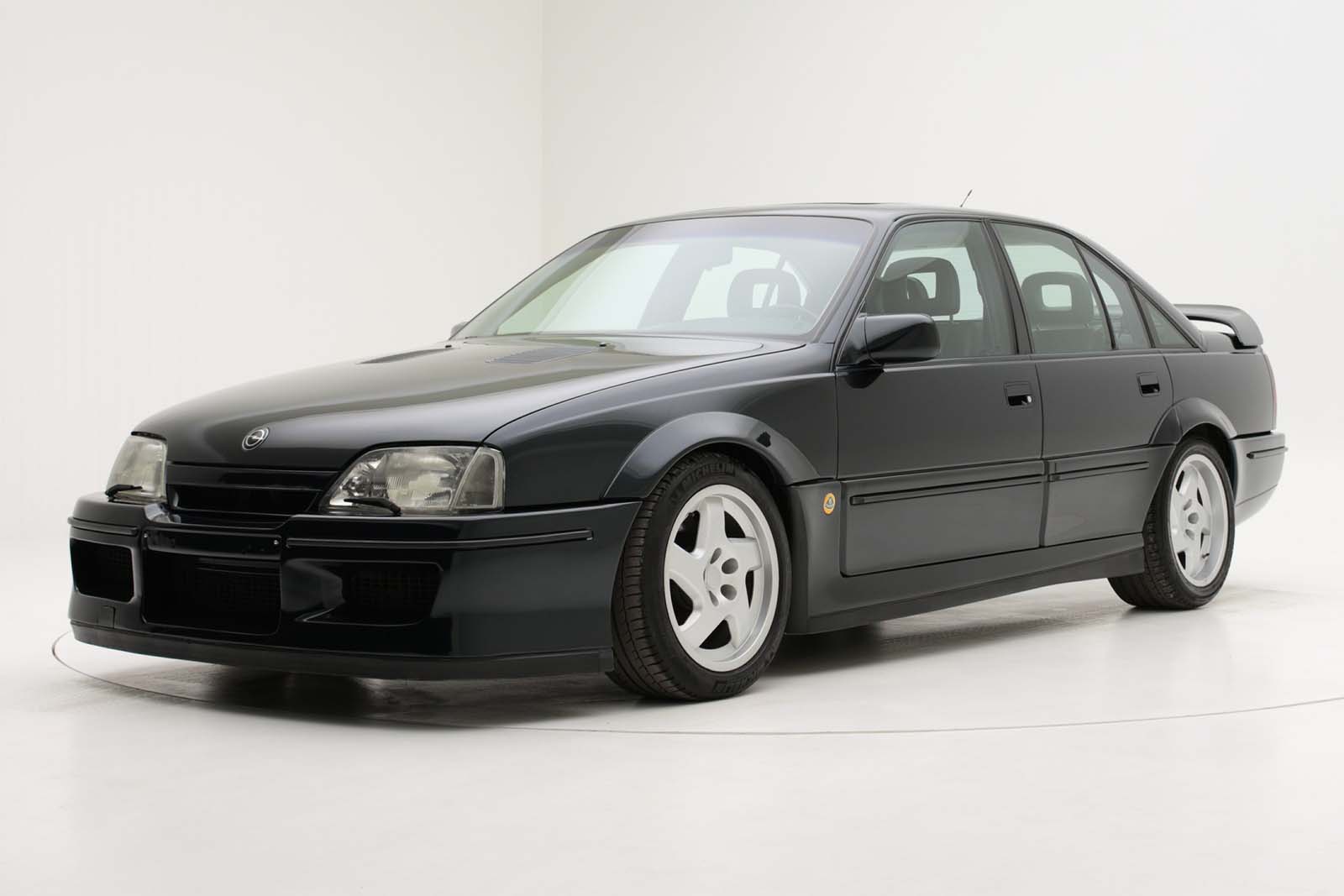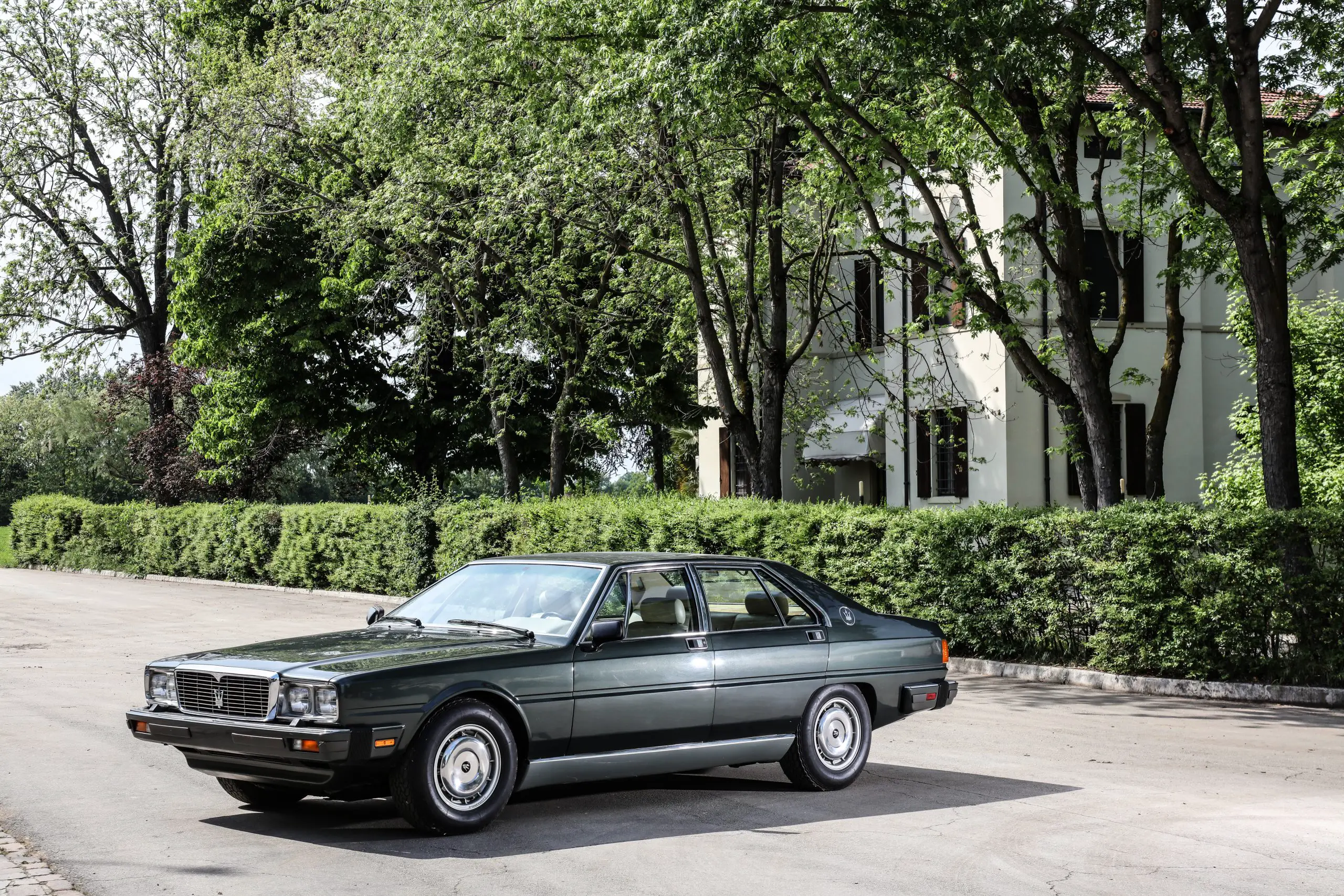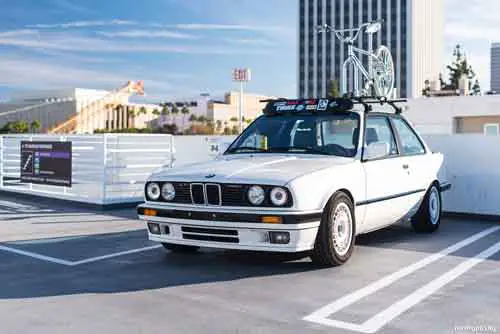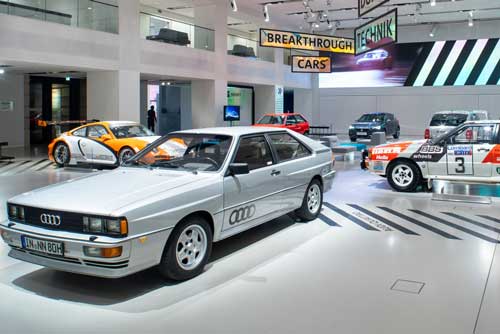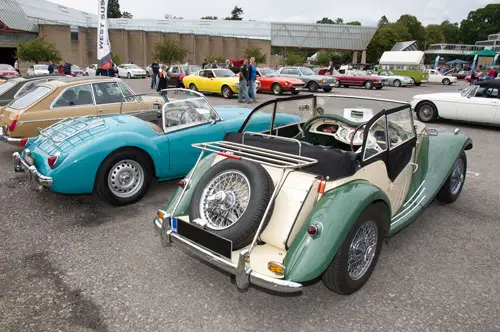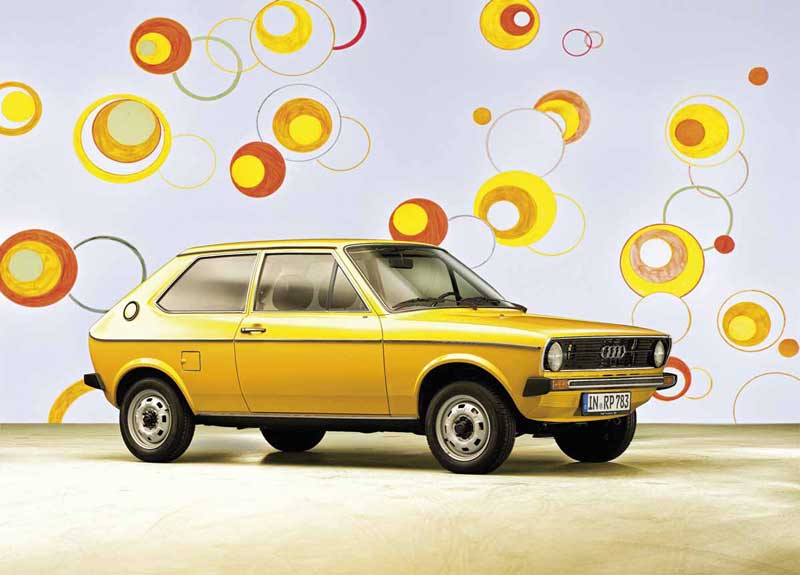
Can I Display Black & Silver Number Plates On My Classic Car Or Motorcycle?
- The rules on number plates have changed.
- You can display them on cars newer than originally allowed.
- But not everything qualifies, you could get into trouble and end up with a £1000 fine.
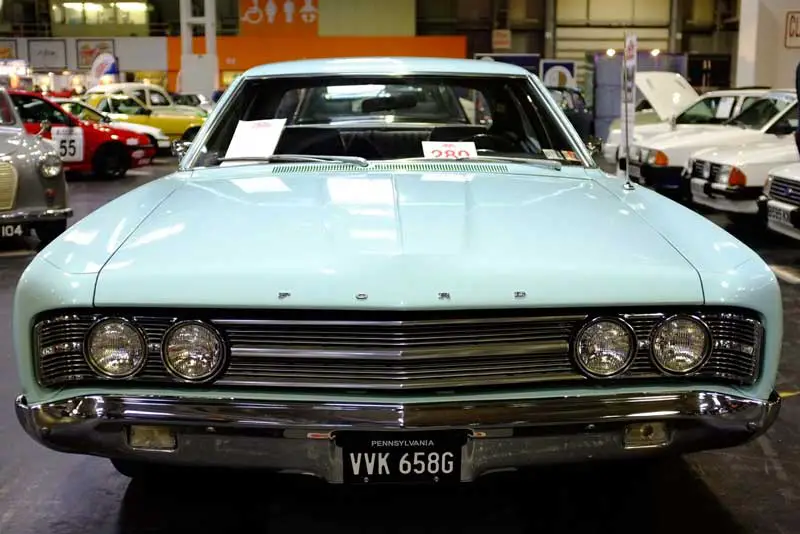
It’s question often asked in the UK, can I display black and silver number plates on my classic car or motorcycle?
What can and can’t you do, what is the current law on this? The problem is that the black and silver plates are iconic and often make the car or motorcycle more desirable. It’s almost like a badge of honour for a classic. But can you fit them, and would you want to?
Number plates have been issued to vehicles in the UK since 1940 with the introduction of the Motor Car Act of 1903. This law meant that all motor vehicles had to be registered on an official register. It also introduced licenses for drivers.
Table of Contents

The History Of The Black And Silver Number Plate
The first number plate consisted of only two characters, A1. In this period, it wasn’t necessary to date the vehicles, and this lasted up until 1963. The structure was letters before numbers.
What was strange was that different authorities sometimes kept a different register for cars and motorcycles. So, you could find two vehicles sharing the same identification. Although confusing the two vehicles would be difficult it could have made for some administrative headaches. Until 1920 it was necessary to change registrations when a vehicle left an area and to have a new number assigned. It was too complex and confusing so was abandoned.
The plates weren’t totally random, each area had its own unique identifiers. Two letter codes were used to show which area the vehicle was registered in. When the number of registered vehicles increased, a random letter was added to the pair. When they ran out of these combinations, they reversed the pattern and you had numbers before letters. So, ABC 123 became 123 ABC.

Until 1963 the non-dating system remained, but local licensing offices were running out of available combinations. So, they introduced the first dating registration plate with a suffix letter giving the registration year. Although this was from 1 August to 31 July the following year. The first plates in 1963 came with the A suffix and this changed each year and had the format, ABC 123A. They of course ran out of suffix letters as you could imagine and switched it to a prefix, A123 ABC.
A significant development in 1973 was the centralised DVLC office, which took control from the local authorities of the issuing of vehicle registrations. Another change was to make all new vehicles wear registration plates with black letters on a white background and black letters on yellow background at the rear. These new plates also had to be reflective.
Are Black & Silver Number Plates Legal?
The good news is yes, they have been for many years and still are.
The rules are quite clear. Whilst the plate must conform to size requirements, which allows for larger characters and plate sizes for older vehicles, the letters don’t have to be silver. On a black background you can have white or grey too. Have a look at some vintage cars next time you go to a show and look how in many cases the letters are white.
Also look out for 3D registrations. It was common to have letters fixed to a backing plate rather than the later pressed style or plastic kind. It is perfectly legal to have a 3D plate on your classic, they just cost more to make.
Apart from all that there is one big rule that some people seem to ignore, how old the car or motorcycle needs to be.
How Old Does My Car Or Motorcycle Need To Be To Display Black & Silver Plates?
With the rule changes on the 1 January 2021, vehicles built before 1980 are MOT and tax exempt and can display silver and black number plates. The rolling exemption for MOT and road tax has been decoupled from the number plate rules, they changed the law for that oversight, and you are stuck to being built before 1980. The good news is the tax exemption has kept going, but you might want to get your car or motorcycle checked annually though.
The rules are quite clear. Whilst the plate must conform to size requirements, which allows for larger characters and plate sizes for older vehicles, the letters don’t have to be silver. On a black background you can have white or grey too. Have a look at some vintage cars next time you go to a show and look how in many cases the letters are white.
Also look out for 3D registrations. It was common to have letters fixed to a backing plate rather than the later pressed style or plastic kind. It is perfectly legal to have a 3D plate on your classic, they just cost more to make.

What If I have Modified My Classic, Can I Keep The Silver And Black Plates?
This is tricky, but in many cases yes. It depends how much you have modified it. the car below is still a Ford Anglia, mostly. It doesn’t have the original engine, but the body structure is still there and so are a lot of other parts. Probably the wheels, but I hope the brakes are not.
When you get to a certain point the DVLA will class your vehicle as something else, It’s what they may class as a radically altered vehicle. Also, if it’s of an indeterminate origin then you get a dreaded Q plate and that will really hurt the value.
Here’s what you need to know from the DVLA to keep the original registration number.
It’s based on a points system and you’ll need to get a score of 8 from the following table. 5 of these points must have come from the original, or donor vehicle. Some parts are worth more than others. 5 of these points must come from having the original or new and unmodified chassis, monocoque bodyshell or frame. If you re-chassis the car or bike, you might get a title that goes with that, or as mentioned the dreaded Q…
Your vehicle must have 8 or more points from the table below if you want to keep the original registration number. 5 of these points must come from having the original or new and unmodified chassis, monocoque bodyshell or frame.
| Part | Points |
|---|---|
| Chassis, monocoque bodyshell (body and chassis as one unit) or frame – original or new and unmodified (direct from manufacturer) | 5 |
| Suspension (front and back) – original | 2 |
| Axles (both) – original | 2 |
| Transmission – original | 2 |
| Steering assembly – original | 2 |
| Engine – original | 1 |
What If I My Car Or Bike Is An Import, Will I Get Silver And Black Plates?
This is straightforward, yes, as long as your vehicle meets the age requirements. But it wasn’t always like this. Prior to 1991 imported vehicles were issued with whatever current letter was being issued. Contravening any legislation of making your vehicle appear to be newer than it actually is.
Thankfully this has now been resolved and any vehicle issued with a newer plate can apply for an age correct plate from the DVLA. All you would need is proof of the manufacture date or first registration in a foreign country.
Should I fit Silver And Black Plates?
That is purely a personal decision. But I would advise with any classic vehicle to go period correct. It always used to be that the pre 1973 vehicles came with silver and black plates. Of course, some cars and bikes were made through this period so are pretty much identical. But a 1980s hot hatch somehow doesn’t seem to fit.
If it was my choice, then I’d keep to whatever the vehicle was issued with. I’d say something that was made from before 1973, say a Mercedes W 114 / 115 from 1968 would look right with a historic style plate right up to the end of their production run in 1976. But seeing anything after an L suffix would look very strange to me. But that’s just because the expectation has been set as many of these cars were around when I was younger. I got to learn at which point this change was just by working out the registration year.
Plastic reflective silver on black plates don’t look right at all. Especially on modern cars which aren’t over 40 years old. This Maestro somehow wouldn’t look right with them.
What Is The Law On Displaying Registration Plates? How To Stay Legal
The DVLA state that for the MOT, registration number plates must:
- display white, grey or silver characters on a black background – only on vehicles manufactured before 1 January 1980.
And have the following characteristics:
- may contain grey, possibly to achieve a 3D effect.
- must be the correct size, stroke width and spacing.
- must not be italic, sloping or formed using broken or multiple strokes.
- must be laid out in the correct format for the age of vehicle.
Motorcycles are a little different. If you had a bike years ago you had to fit a plate to the front mudguard. It didn’t have to have numbers on both sides strangely and this rule was dropped in 1975. Being known as the pedestrian slicer may have had something to do with it. But the option to have one is still there and applies to bikes built or registered before 2001. After this point in time, you can only display one on the rear.
It’s not worth trying to get round these rules. There’s a nice warning on the DVLA website that says:
You could be fined up to £1,000 and your vehicle will fail its MOT test if you drive with incorrectly displayed number plates.
It was a strange quirk of the law with the re-introduction of the rolling road tax exemption. Unwittingly the government had allowed all vehicles that were in the free road fund license, VED, category to be fitted with the old style silver and black plates.
This has been corrected and the new law came into force for the 1 January 2021.
However, not everything seems to have caught up. This is from the current online MOT test guidelines.
Registration plates fitted to vehicles manufactured on or after 1 January 1978 must:
- have black characters on a white background when fitted to the front.
- have black characters on a yellow background when fitted to the rear.
- be fitted vertically, or as close to vertical as is reasonably practicable.
I guess that will get revised at some point too.

The Audi 50 At 50, Germany’s First Small Car
The Audi 50 that was the basis for the VW Polo is now 50. The small car was developed ahead of the oil crisis of

The Best Things Happen In An English Shed, Especially The Tyrrell Shed At Goodwood
The Tyrrell Shed once home of the World Championship winning Tyrrell Formula 1 team has been relocated to Goodwood and is set to open for
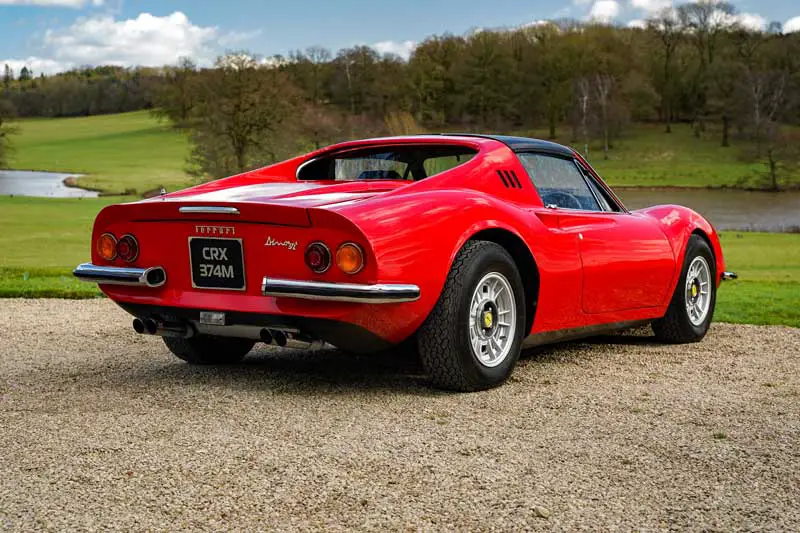
A 1973 Ferrari 246 Dino From The Manager Of Rock Legends Led Zeppelin Sold At Auction
Something of a piece of rock and roll history went for sale with the auction of Led Zeppelin manager Peter Grant’s old Ferrari 246 Dino

California Based Singer Has Completed Its 300th Restoration, The Sotto
Restomodders Singer have produced their 300th 911 already and it’s another964 based conversion called the Sotto. It’s almost hard to believe it was a964, though
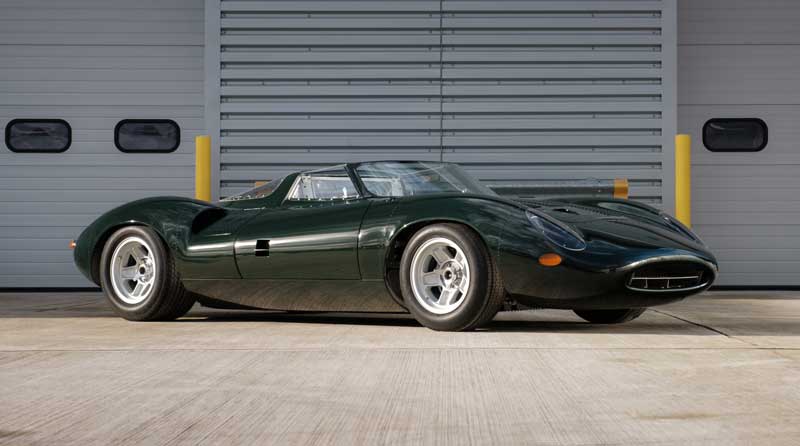
The True Spirit Of The Jaguar XJ13 Presented By JD Classics At Retromobile 2024
The masterpiece that is the Spirit of the XJ13 is unveiled at Retromobile 2024 by JD Classics of Chelmsford, England, and seen for the first
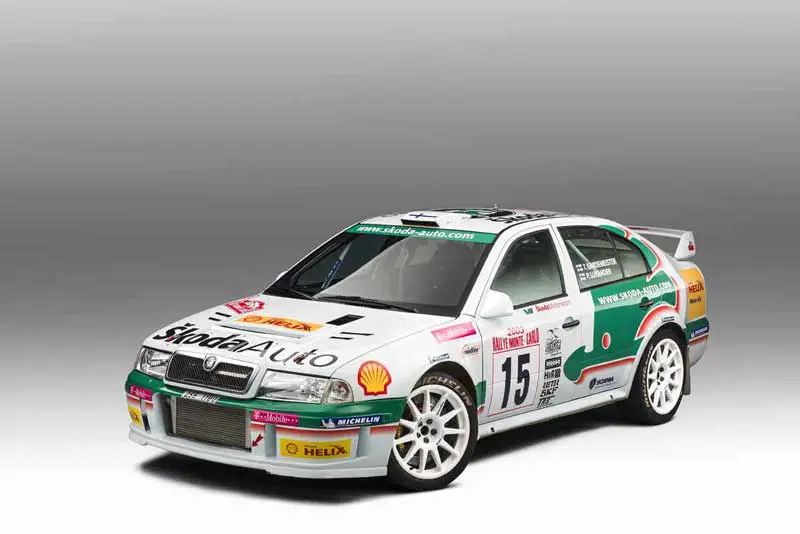
25 Years Of Škoda In The World Rally Championship
Škoda are no strangers to rallying having been successful for many years, but its now 25 years since their debut in the FIA World Rally
